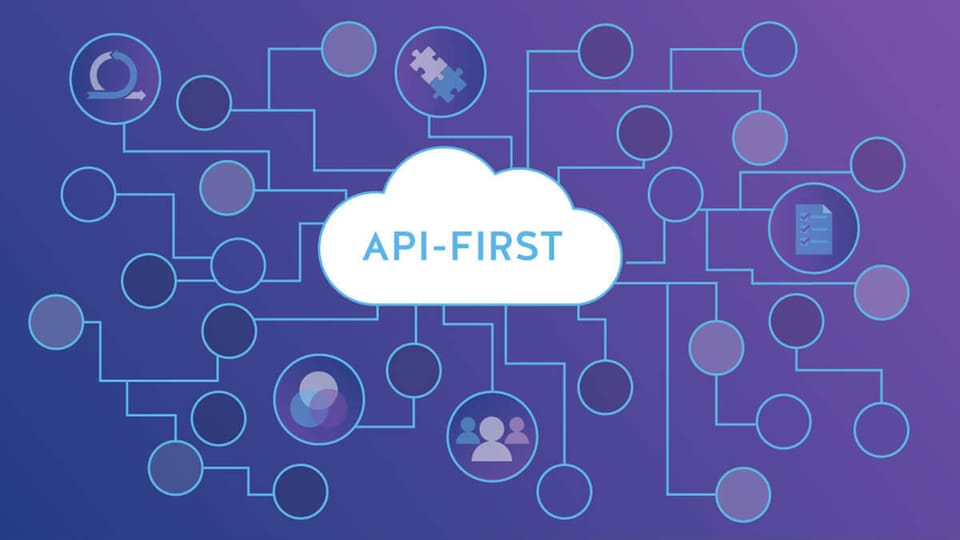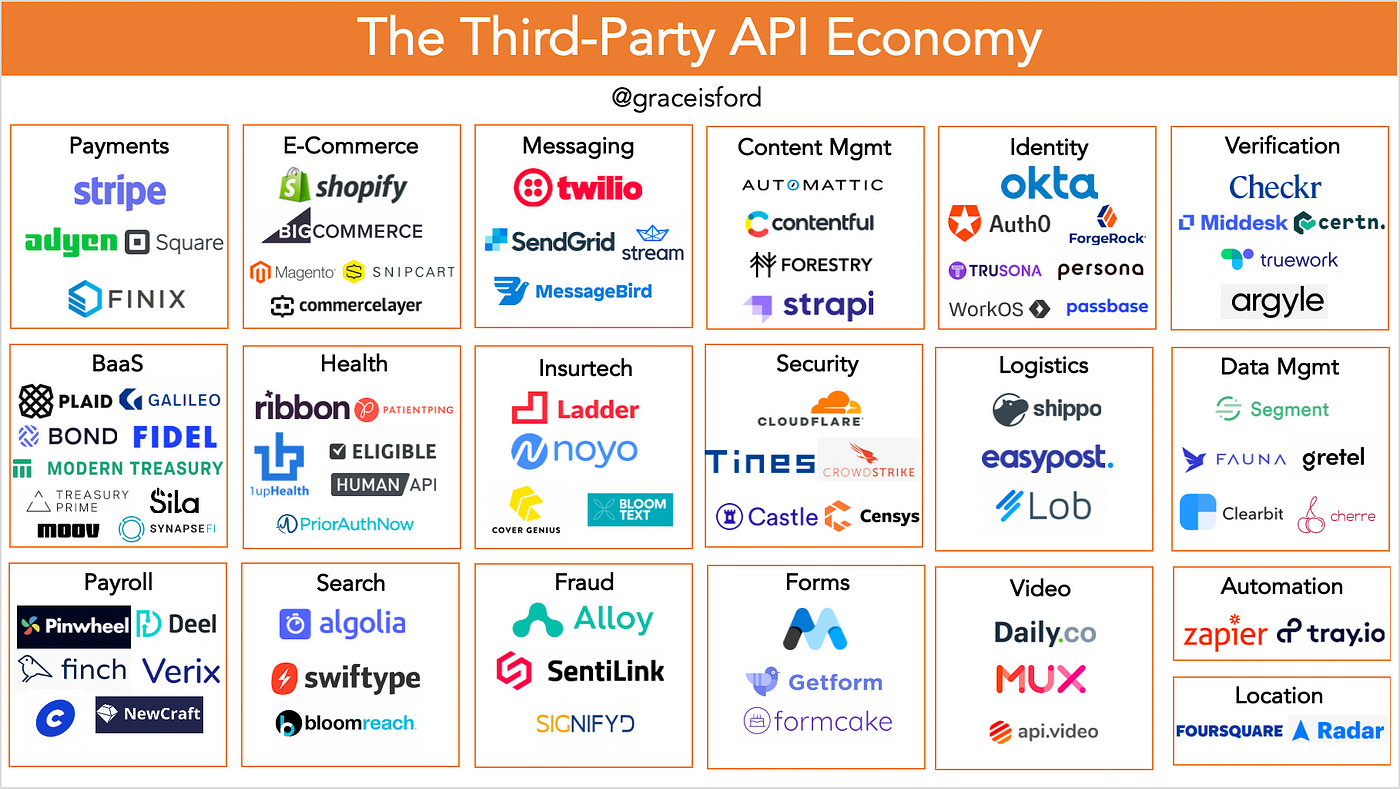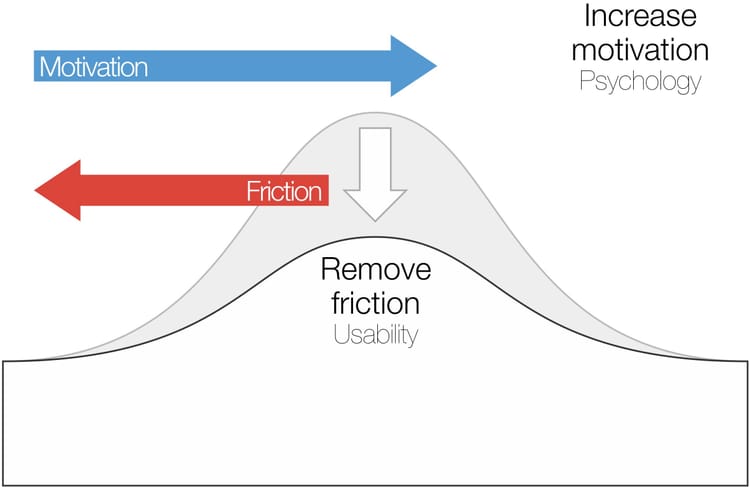Being an API-First Partner: What It Means and Why It Matters

In today's digital landscape, being "API-first" is more than a trend—it’s a fundamental shift in how companies build, deliver, and integrate their products. At its core, an API-first company prioritizes the design, development, and deployment of application programming interfaces (APIs) before anything else. This approach allows businesses to build highly scalable, adaptable, and integrated solutions for both customers and partners.
But what does it truly mean to be an API-first partner? Let’s explore.
Signs You Are an API-First Company
Transitioning into an API-first company involves some clear markers. Here are some key indicators that your organization is following an API-first approach:
- APIs are Available to Your Customers and Partners
You don’t just build APIs for internal use—your APIs are a core product offering. They are accessible to customers and partners, enabling them to interact with your services easily and efficiently. - Standardized Processes to Build APIs
Your API development follows a consistent, standardized process. You’ve built frameworks, guidelines, and best practices that every team adheres to, ensuring seamless integration across various products and services. - Clear Protocols for Discovering, Organizing, and Maintaining APIs
It's not enough to have APIs—you must also ensure they're easy to find and navigate. Whether through internal API catalogs or external documentation, discoverability is key for both developers and partners to leverage your APIs effectively. - Releasing the API in Parallel with (or Before) Core Products
API-first companies release their APIs as part of their product development cycle. In some cases, APIs may even precede the core product, enabling early adopters to build on the platform before the broader solution goes live. - Most Data Can Be Operated and Exchanged through APIs
Your API-first approach ensures that all relevant data within your platform can be managed, shared, and manipulated through your APIs. This maximizes the flexibility and extensibility of your platform.
The Benefits of Being API-First
- Faster Innovation
By developing APIs as a primary focus, teams can innovate more quickly, ensuring faster delivery of new features or improvements without overhauling the entire system. This modularity speeds up product iteration cycles. - Easier Integration
Being API-first allows your customers and partners to integrate their systems with your product quickly and efficiently. Whether it’s onboarding new partners or developing a new feature, API-first simplifies collaboration. - Scalability and Flexibility
APIs help companies scale faster. When built with robust architecture, they can handle exponential user growth while maintaining performance and reliability. Moreover, they offer the flexibility to introduce new features or technologies without significant reengineering. - Improved User Experience
An API-first approach ensures that user-facing products are well-integrated with backend systems, providing a smooth and seamless experience for the end-user.
Examples of API-First Companies
API-first companies exist across a wide range of industries. Here are some examples:
- Finance: Stripe, Plaid, Rapyd, Checkr
- Media: Flickr, Facebook/Meta, Spotify, YouTube, Netflix, SoundCloud, Giphy, Unsplash
- Location and Maps: Google Maps, Mapbox
- Communication and Social: Twilio, SendGrid, WhatsApp, Telegram, Slack, Discord, Zoom, Skype
- Cloud Computing and Data Analytics: AWS, Google Cloud, Microsoft Azure, IBM Cloud, Salesforce, Oracle, MongoDB, Firebase, Snowflake
- E-commerce and Logistics: Amazon, eBay, Shopify, PayPal, Stripe, FedEx, UPS, DHL, Uber, Lyft
- AI and ML: Google, IBM, Microsoft, Amazon, OpenAI, TensorFlow, PyTorch, Hugging Face, Clarifai
- Education and Knowledge: Khan Academy, Coursera, Udemy, Wikipedia, Wolfram Alpha, Quizlet, Duolingo, TED

How to Become API-First
If your organization is looking to adopt an API-first approach, here are some actionable steps:
- Start with a Plan
An API-first strategy requires careful planning. Before building any product or service, think about how APIs will fit into your architecture, ensuring they're aligned with business goals. - Make APIs Discoverable
Ensure that your APIs are easy to find and understand. This can involve building robust documentation, maintaining an internal or external API catalog, and implementing proper versioning practices. - Prioritize API Development Before Any Other Code
In an API-first model, the API is the product. Your API should be fully developed before you even begin building web, mobile, or device-specific applications, making it a reusable resource across your entire product suite. - Implement Rigorous Security Testing
Security is paramount in an API-first company. Each API and microservice must undergo thorough security testing to prevent vulnerabilities from impacting your system. - Ensure 100% Observability
To maintain and optimize APIs, observability is crucial. You should monitor your APIs continuously, tracking performance and identifying any potential issues in real time. - Consistency is Key
Apply common patterns, standards, and technologies across all APIs and teams. This will ensure easier maintenance, scalability, and integration as your platform grows.
Partnership Benefits of Being API-First
Adopting an API-first model brings significant advantages, especially when it comes to building strong partnerships:
- Enhanced User Experience
The flexibility and scalability of APIs allow for better customization, ultimately improving the experience for end-users and giving partners more ways to integrate with your solutions. - Increased Solution Stickiness
Offering APIs that partners and customers can easily integrate into their own ecosystems creates a stickier, more indispensable product. The more integrated your API is, the harder it becomes to replace. - Fostering Business Development
An API-first approach opens the door to countless partnership opportunities, enabling co-innovation, joint ventures, and expanding market reach by making your platform more accessible to developers and third parties.
Being API-first is not just a technical decision—it’s a strategic one. It accelerates innovation, streamlines integration, and creates lasting partnerships that fuel long-term business success.
“As the connective tissue linking ecosystems of technologies and organizations, APIs allow businesses to monetize data, forge profitable partnerships, and open new pathways for innovation and growth.” — McKinsey Digital
If you enjoyed this piece, please share it. Thanks. 🙏




